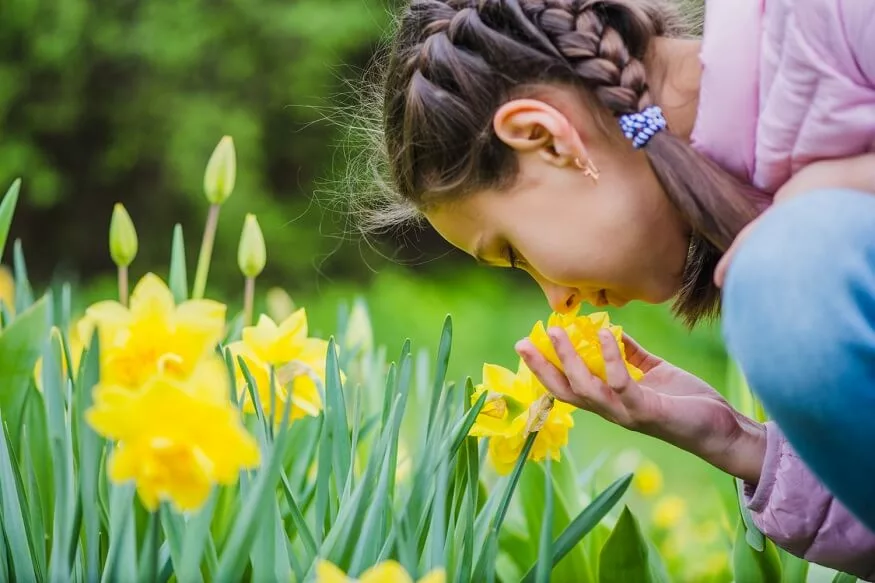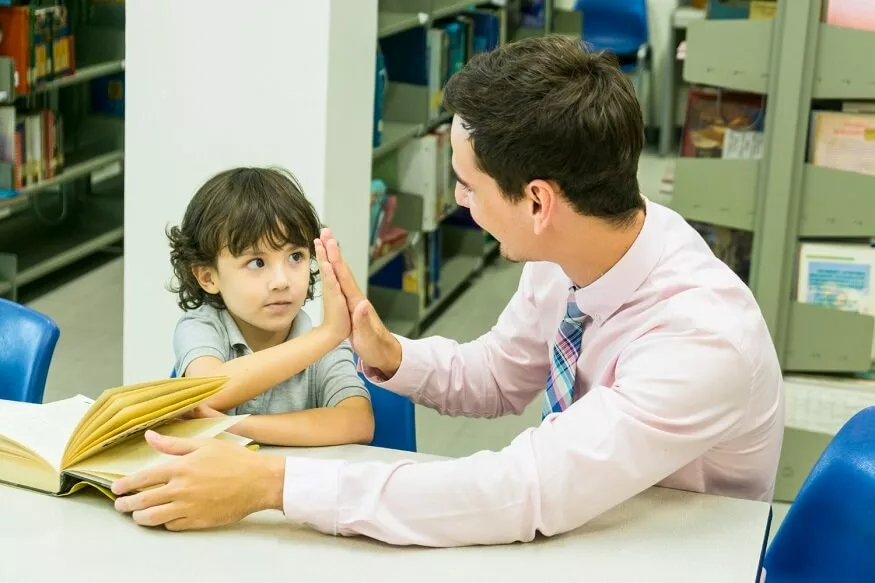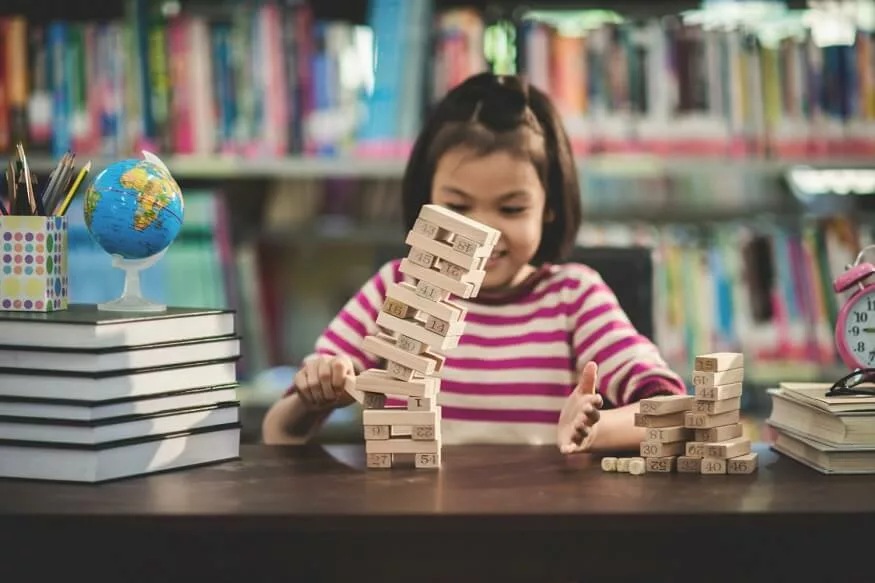As early years educators and parents will attest, sensory play is paramount to a child’s development. Not only does it spark the imagination and curiosity of preschoolers, but it also aids in their cognitive, social, and physical development. And what better setting to indulge in sensory play than the great outdoors?
Outdoor sensory play allows children to explore the world in a tangible, hands-on manner, making it one of the most effective preschool learning activities.
What is Sensory Play?
Sensory play is essentially any activity that stimulates one or more of a child’s five senses: sight, smell, touch, taste, and hearing. These sensory activities for preschool are designed to encourage children to explore and learn about their environment in an intuitive manner. The benefits of sensory play are manifold: it supports language development, cognitive growth, motor skills, problem-solving skills, and social interaction.
The Importance of Outdoor Sensory Play
Here’s why outdoor sensory play is so valuable:
- Diverse Sensory Experiences: The outdoor setting offers a vast array of textures, temperatures, sounds, and sights. From the softness of grass and the coarseness of bark to the chirping of birds and the rustling of leaves, there’s a plethora of stimuli for children to discover and learn from.
- Physical Development: Outdoor sensory play often involves activities that require movement like running, jumping, or balancing, helping in the development of gross motor skills.
- Social Skills: Playing outdoors allows preschoolers to engage in teamwork, share resources, and understand social dynamics, fostering their interpersonal skills.
- Connectivity with Nature: Outdoor sensory for preschoolers instills a sense of wonder about the natural world. This early bond with nature encourages respect and understanding of the environment as they grow.
Ideas for Outdoor Sensory Activities for Preschool
Here are some exciting and easy-to-set-up outdoor sensory play ideas:
Nature’s Treasure Hunt
- Setup: Provide each child with a small bag or basket.
- Activity: Encourage them to seek out and collect natural treasures such as feathers, pinecones, interesting stones, leaves, and flowers.
- Learning Outcome: Enhances observation skills and teaches them about various natural elements.
Mud Kitchen
- Setup: Designate an outdoor area and equip it with old pots, pans, spoons, and containers. Add water and soil.
- Activity: Children can mix, mould, and create using the mud.
- Learning Outcome: Develops creativity, understanding of textures, and early scientific concepts.
Water Play
- Setup: Use a water table, large basin, or even small pools.
- Activity: Introduce items like cups, pitchers, sponges, and water toys. They can pour, splash, and observe water movement.
- Learning Outcome: Teaches cause and effect, hand-eye coordination, and concepts of volume.
Sensory Walk
- Setup: Create paths with different materials such as sand, pebbles, grass, and even shallow water.
- Activity: Children walk barefoot, feeling each texture.
- Learning Outcome: Enhances tactile senses and introduces them to diverse natural textures.
Listening Games
- Setup: A quiet outdoor spot.
- Activity: Ask children to close their eyes and identify sounds — wind rustling, birdsong, distant noises.
- Learning Outcome: Sharpens auditory skills and promotes mindfulness.
Scented Garden
- Setup: A garden patch with aromatic plants like rosemary, lavender, mint, and jasmine.
- Activity: Children can touch and smell the plants, discussing the different scents.
- Learning Outcome: Enhances olfactory senses and introduces botany concepts.
Shadow Play
- Setup: A sunny, open space with a few props or toys.
- Activity: Use the sun to create shadows. Children can experiment with different objects or even their own bodies to see how shadows form and change.
- Learning Outcome: Teaches concepts of light, opacity, and size.
Texture Collage
- Setup: Sheets of cardboard or thick paper, glue, and natural materials.
- Activity: Allow children to create collages using the items they’ve found, such as leaves, twigs, or sand.
- Learning Outcome: Boosts creativity, fine motor skills, and tactile exploration.
Nature’s Paintbrush
- Setup: Paper, non-toxic paints, and natural items like leaves, twigs, or flowers.
- Activity: Instead of traditional brushes, children paint using nature’s tools.
- Learning Outcome: Encourages creativity, motor skills, and introduces different textures and patterns.
Sand Sculpting
- Setup: Sandbox or a sand-filled area with moulds and tools.
- Activity: Children can build, sculpt, and create structures in the sand.
- Learning Outcome: Promotes creativity, understanding of consistency and form, and motor skills development.
Tips for Safe and Effective Outdoor Sensory Play
While outdoor sensory play offers myriad benefits, it’s essential to ensure it’s both safe and effective. Here are some tips:
Select Appropriate Locations: Choose open spaces like parks or gardens where children can play freely. Ensure the area is free from hazards such as broken glass, sharp objects, or toxic plants.
Check the Weather: Ensure it’s safe for outdoor activities. Avoid playing outside during extreme temperatures or conditions. Always apply sunscreen on sunny days, and dress children appropriately for the weather.
Supervise at All Times: Children can get caught up in their excitement and may not be aware of potential dangers. An adult should always be present to monitor and guide the children.
Choose Safe Materials: Whether it’s water, sand, mud, or any other material, ensure they are clean and free from harmful chemicals or small parts that could be swallowed.
Introduce New Textures Gradually: Some children may be hesitant or overwhelmed with new sensations. Start with one texture at a time and encourage exploration at their own pace.
Be Prepared for Mess: Sensory play can be messy, so dress children in old clothes or clothes that are easy to clean. Have towels, wipes, or a water source nearby for quick clean-ups.
Rotate Activities: To keep things fresh and stimulating, introduce new activities and rotate materials regularly. This can involve varying the type of sand, introducing water play, or using different tools and containers.
Incorporate Natural Elements: Leaves, twigs, flowers, and stones can be great additions to sensory play. They allow children to connect with nature and provide different textures and sensations.
Hygiene is Crucial: Always ensure children wash their hands before and after sensory play, especially if they’ve been handling soil, sand, or other natural materials.
Establish Boundaries: Set clear boundaries to ensure children stay within a safe play area and to prevent them from wandering off.
Safety Check for Allergies: If introducing new materials or plants, check if any child has allergies. It’s better to be safe than sorry!
Stay Updated with First Aid: Always have a first aid kit nearby and ensure you’re aware of basic first aid practices, just in case minor accidents occur.
Outdoor sensory play is a delightful and educative journey for preschoolers. As they engage with the world around them, they’re not just playing; they’re laying down the foundations for lifelong learning. EuroSchool utilises innovative teaching methods, ensuring preschoolers engage in sensory play to enhance learning.










